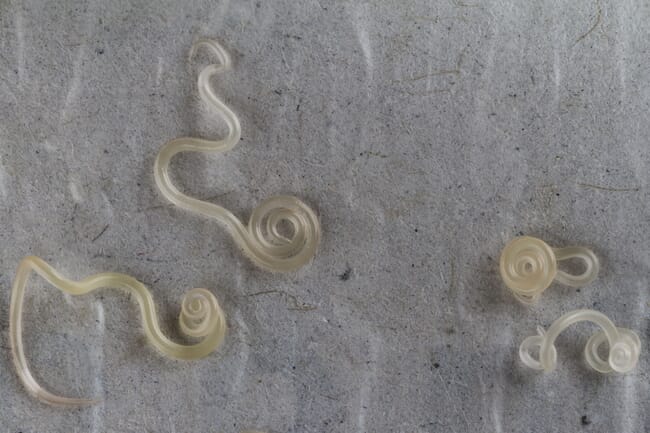After several published articles suggested that farmed fish were vulnerable to anisakis infections, a marine zoology research group at the University of Valencia assessed the infective susceptibility of fish that were exposed to the parasite. The results from the ANITEST project show that fish are not typically susceptible to infection and that it is difficult for anisakis nematodes to reach fish farming sites.

ANITEST was led by the Marine Zoology group of the Cavanilles Institute for Biodiversity and Evolutive Biology (ICBiBE) of the University of Valencia. The project focused on assessing the real susceptibility of farmed species when being exposed to the parasite, as well as on developing procedures to learn the infective potential of anisakis.
Since farmed fish are fed aquafeed that does not contain the parasite, the industry is generally considered anisakis-free. However, recent articles have mentioned sporadic cases of the parasite in multiple species of farmed fish. The ANITEST project – a method for assessing infectivity for aquaculture free of anisakis – revealed that this parasite has a very limited rate of infection since it is almost always broken down by antiparasitic processes that take place when fish ingest and digest aquafeed.
The study highlights that the infective capabilities of anisakis are relatively low, as only 10 percent of the parasites managed to infect the fish. “The fact that parasites have mobility and an apparently normal appearance has not implied that they were viable, in the same way as immobile and damaged parasites managed to infect the fish”, says Alejandro López, a researcher from the University of Valencia and one of the people responsible for ANITEST.
“This low capacity of infection is decreased further by the fact that, between the limited percentage of parasites that took hold in the fish, there were many encapsulated and live worms that presented noticeable external and internal damage, which would hinder their infective capacity”.
The team observed that the time that these parasites need to penetrate the digestive system of the fish and take hold in the visceral cavity is very short – six hours after being ingested. He also observed that anisakis only takes hold in the surface of the viscera and the connective tissue, and never in the muscle of the fish, which is important, as the latter is the part of interest for the consumer.”




